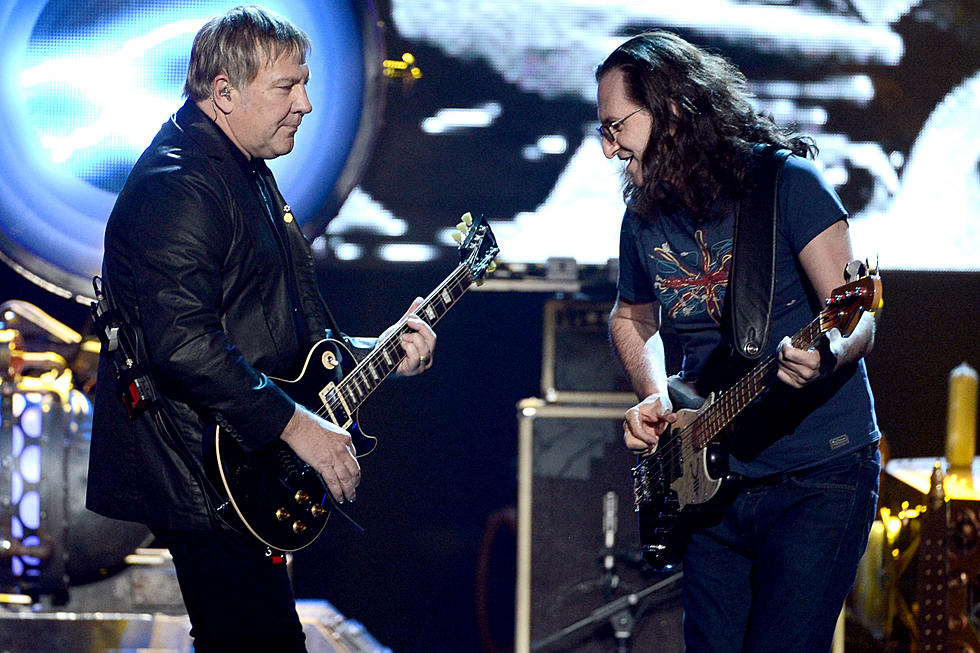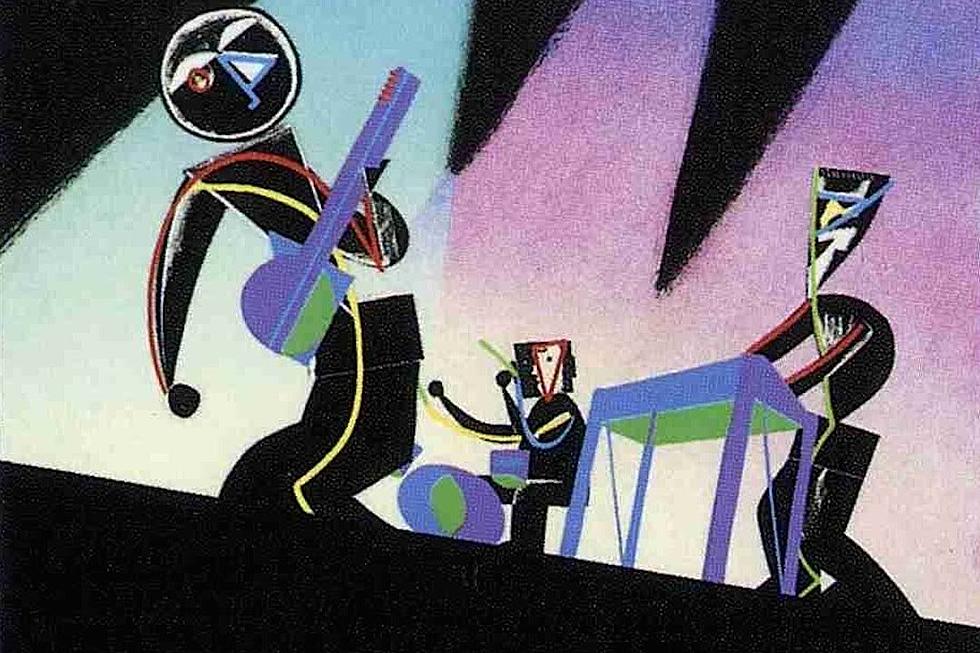
How ‘Test for Echo’ Helped Rush Bounce Back
"Test for Echo was a strange record in a sense," singer/bassist Geddy Lee said in the 2012 book Rush: An Oral History, Uncensored. "It doesn’t really have a defined direction. I kind of felt like we were a bit burnt creatively. It was a creative low time for us."
Released on Sept. 10, 1996, there had been a three-year gap between Test for Echo and its predecessor, Counterparts, the longest break between albums for the band up to that time. In between, the band kept busy with other things: Guitarist Alex Lifeson released his solo project Victor, Lee was spending time with his newborn baby girl, while drummer Neil Peart organized a tribute concert to one of his heroes, drummer Buddy Rich. Peart also was, surprisingly, taking drum lessons.
Lifeson says the break did him good. "I was really fired up. I just felt like I had a clearer picture of what I wanted the guitar’s presence to be," he told Paul Semel after the record's release. “I wanted to focus more on the songwriting, really develop the arrangements and all of that."
In the tour book, Peart ruminated on the meaning of the title. "Everybody needs an ‘echo,’ he wrote, "some affirmation to know they’re not alone.”
The title cut of the 16th Rush LP kicks off the album with guitars, thankfully, back to the front of the mix. Immediately, the interplay between the three is on display, something the band has never lost over all the years. One thing to note about the playing here is Neil Peart's newfound direction.
Listen to Rush's 'Test for Echo'
Peart had begun taking drum lessons with an old pro, drummer Freddie Gruber. In the process, Peart switched his style from a "matched grip" (holding the sticks the same in both hands) to "traditional" which has the left hand holding the stick between thumb, forefinger and middle finger, jazz style. For Peart, it was a very important change in his signature style.
"I think it all adds up to an enhanced time sense," he told Modern Drummer. "I did start with traditional grip and then left it behind in favor of matched. It's been said – even in the pages of your magazine – that matched grip is a physically superior approach. I still believe that's true. However, that's not the whole story. What I've realized is that traditional grip can be a more musical approach to playing the drums. It all has to do with the rotational effect it creates and the way it affects the time."
"Half the World" and "The Color of Right" are two of the album's finest moments, both incorporating a strong melodies and driving rhythms, while "Time and Motion" finds Lifeson delivering one of his finest guitar solos on the album. True to form, Rush fans welcomed Test for Echo with open arms, taking the album to No. 5 on the Billboard chart and pushing sales into gold terrain.
The break between Test for Echo and their next studio effort would be even longer due to tragedy within the band, with Peart losing his daughter in a terrible accident, and his wife to cancer in less than a year. They would rebound triumphantly in 2002 with Vapor Trails.
All in all, it's a solid Rush album and despite Lee's statements at the top, he spoke highly of the process. "We have a really good time making albums," said Lee. "That sounds bullshitty and hokey, but it’s not. We really have a lot of fun. It’s the weird little relationship that we have, it’s very humorous and very creative and very … democratic."
Top 50 Progressive Rock Albums
The Rush / Metallica Team-Up That Slipped Away
More From Ultimate Classic Rock









